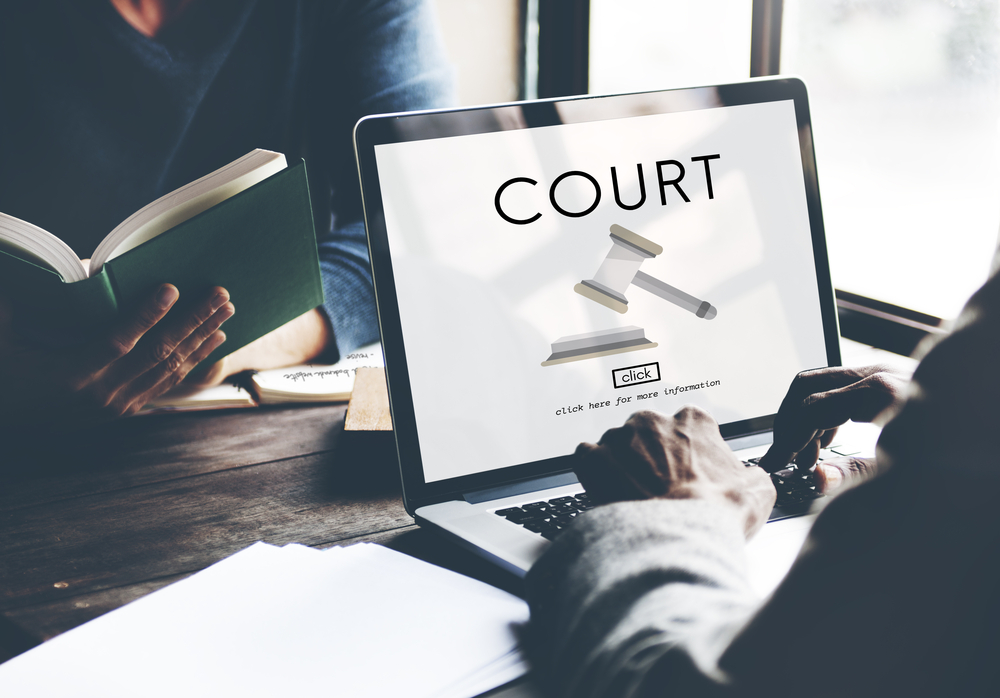Visualization could be the next big thing in legal technology. From the visual analytics of early case assessment to trial and presentation software, there is growing recognition that pictures are indeed worth 1,000 words.
A recent panel of judges during a LegalTech session noted that while technology adoption in the courtroom has been a slow evolution, it is gaining prominence:
In the most expensive litigation cases, technology usually plays a central role. The exception is in cases where appearances are part of the litigation strategy. “Sometimes one side wants the jury to know they are the ‘poor folks,’” quipped one judge, indicating the absence of technology can be part design.
Even the absence of technology in the example above underscores the importance of visualization: the absence is designed to paint a picture.
Infographic: The Importance of Trial Technology
To that end, the compelling evidence that pictures and visuals are useful in the courtroom is mounting, as the infographic nearby suggests:
- Faster human processing speeds. Visuals are processed 60,000 times faster than text, which the infographic casts in the framework of presenting a complex case to a jury.
- Better message recall. After three days, just 10% of people remembered a bulleted list of text, as opposed to 50% who recalled visual slides, according to the infographic.
- Improved efficiency. The infographic says trial technology can speed up cases by as much as 50%.
The infographic titled The Importance of Trial Technology was compiled by Litegation, LLC is published with permission. The complete infographic follows below via the LexisNexis Business of Law blog:

